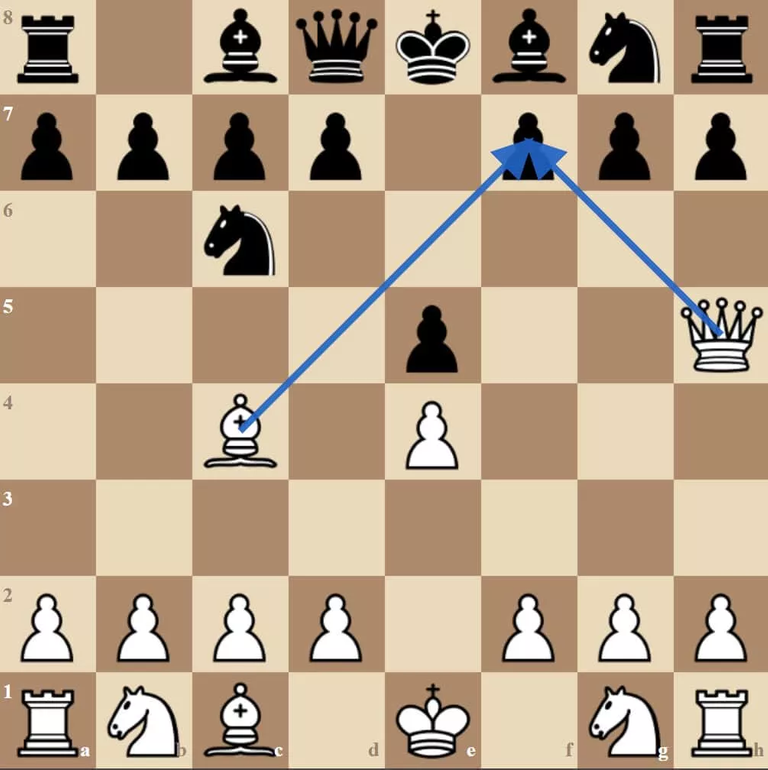
Chess is a game of strategy, and one of the most enjoyable aspects of the game is the ability to outsmart your opponent with clever traps and tactics. While some traps may be difficult to pull off, there are also many easy traps that even beginner players can use to catch their opponents off guard. In this blog post, we'll take a look at five of the easiest chess traps that you can start using today to improve your game.
The Scholar's Mate: This is one of the most basic traps in chess and it involves attacking the opponent's king with the queen and bishop while the pawns protect the queen. It's a quick way to checkmate an opponent who is not paying attention.
The Fool's Mate: This is the fastest way to checkmate in chess, but it's also one of the easiest to avoid. It involves attacking the opponent's king with the queen and the pawn.
The Double Attack: This trap involves attacking two pieces with one move. This is a great way to win a piece or even checkmate your opponent if they're not paying attention.
The pin: This trap involves attacking a piece with a piece of lower value, and if the opponent moves the attacked piece, another piece that was protected by the attacked piece is left open for capture.
The Fork: This trap involves attacking two or more pieces at the same time with a single piece, forcing the opponent to lose at least one piece.
These are just a few examples of the many traps and tactics that you can use in chess. Remember that the key to successfully executing these traps is to be aware of your opponent's pieces and anticipate their next move. With practice, you'll be able to use these traps to your advantage and improve your chess game.
Overall, traps and tactics in chess are a great way to improve your game and outsmart your opponents. These five traps are some of the easiest to execute, but they can be very effective when used correctly. Remember to always be aware of your opponent's pieces and anticipate their next move, and you'll be able to use these traps to your advantage.
The Scholar's Mate: 1. e4 e5 2. Qh5 Nc6 3. Bc4 Nf6 4. Qxf7#
The Fool's Mate: 1. f3 e5 2. g4 Qh4#
The Double Attack: A common move order could be 1.e4 e5 2.Nf3 Nc6 3.Bc4 Nf6 4.Ng5 d5 5.exd5 Nxd5 6.Nxf7 Kxf7 7.Qf3+ Ke6 8.Bxd5#
The Pin: A common move order could be 1.e4 e5 2.Nf3 d6 3.d4 exd4 4.Nxd4 Bd7 5.Nc3 Nf6 6.Bc4 Be7 7.Bxf7+ Kxf7 8.Nxe5+ dxe5 9.Qxd8
The Fork: A common move order could be 1.e4 e5 2.Nf3 d6 3.d4 Nd7 4.Nc3 Ngf6 5.Bc4 Be7 6.dxe5 dxe5 7.Qxd8+ Bxd8 8.Nxe5
Please note that these move orders could be subject to different variations and defenses from the opponent, and it's always important to adapt to the current board situation and your opponent's playstyle.
Want to start collecting chess nft's and play with them? Check out Immortal Game and start playing for free today!